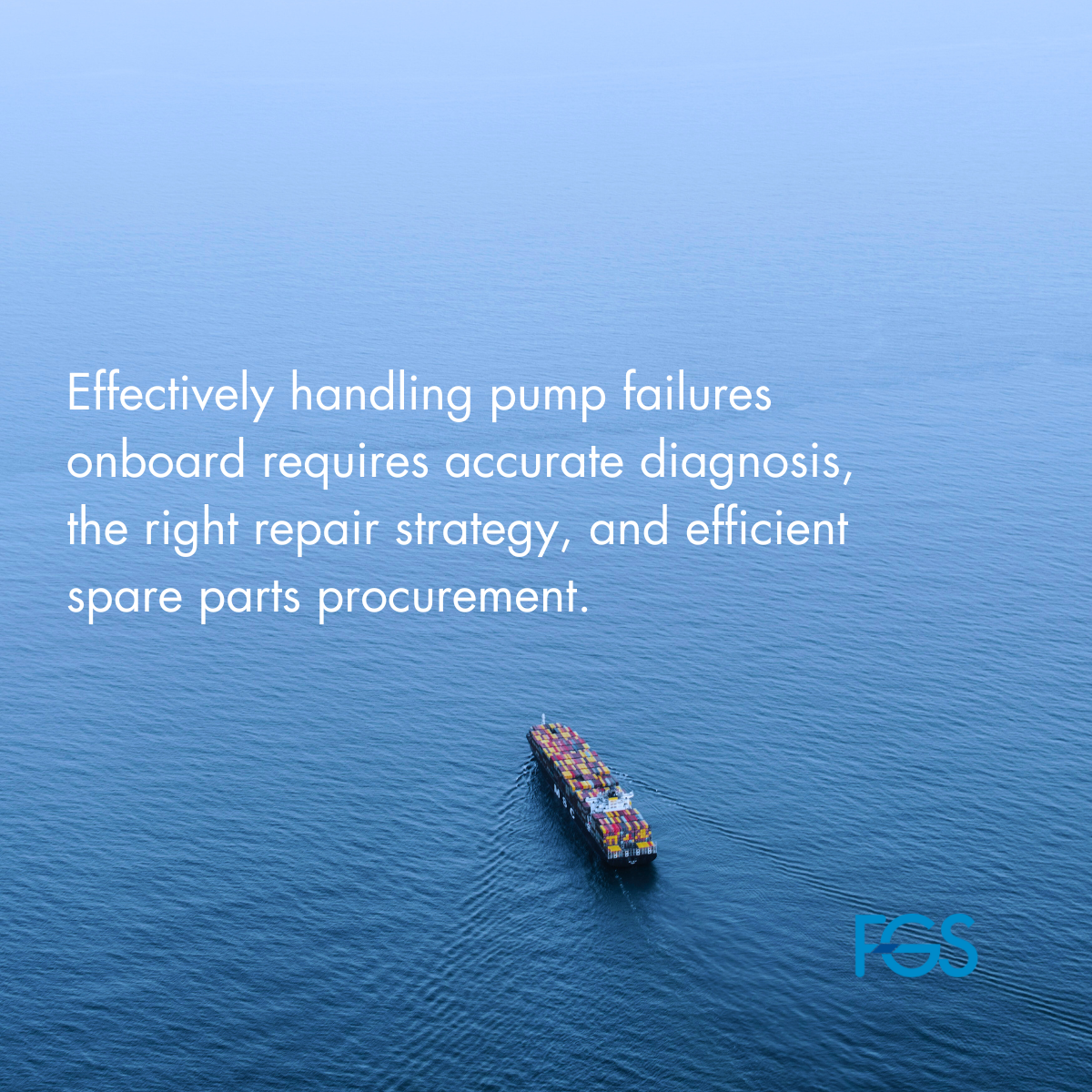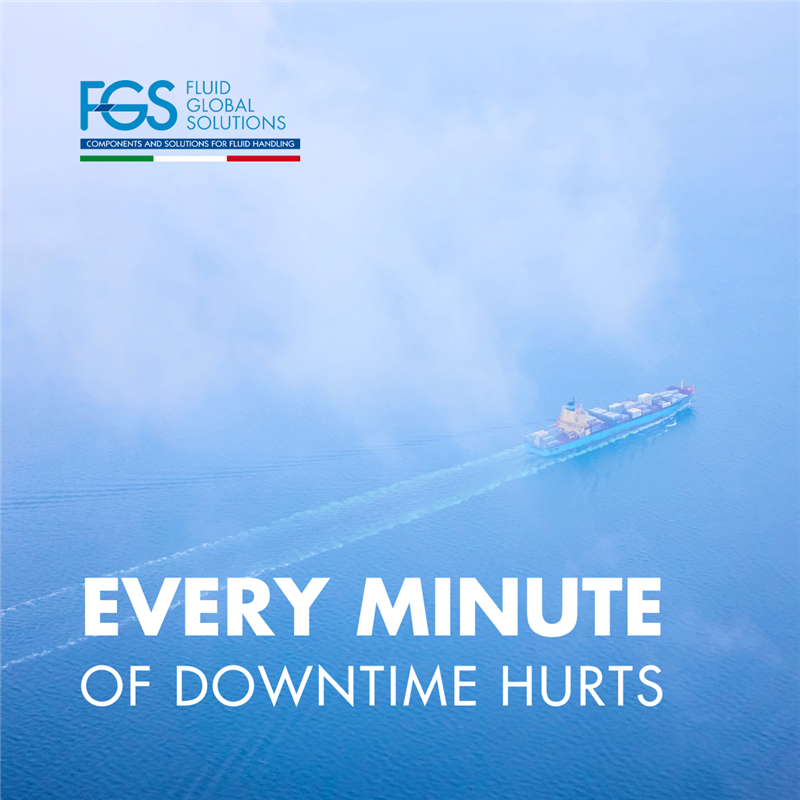In the maritime sector, a pump failure can compromise an entire vessel’s operations. This is why it is crucial to identify the problem quickly and adopt the right repair strategy.
Assessing the extent of the failure as soon as possible is essential. The issue is obvious in some cases, allowing for quick identification of damaged components and potential causes. Other times, luck is not on your side, and an analytical approach is required. This means consulting the pump’s technical manual, which often includes a diagnostic table listing symptoms, possible causes, and corrective actions.
The issue is obvious in some cases, allowing for quick identification of damaged components and potential causes. Other times, luck is not on your side, and an analytical approach is required. This means consulting the pump’s technical manual, which often includes a diagnostic table listing symptoms, possible causes, and corrective actions.
The Human Factor in Diagnosing Failures
The human factor plays a major role in these situations. While the manual is a useful tool, accurate diagnosis requires experience—both in general mechanics and with the specific machine in question. Not every failure can be traced back to a single cause using only manual and crew expertise.
When necessary, the pump’s history and symptoms should be documented in a report onboard and sent to the manufacturer, an authorized workshop, or a specialised maintenance services company. In more serious cases, a technician may need to be dispatched to the vessel, or the pump may have to be shipped to a specialized repair center.
Assessing the extent of the failure as soon as possible is essential. The issue is obvious in some cases, allowing for quick identification of damaged components and potential causes. Other times, luck is not on your side, and an analytical approach is required. This means consulting the pump’s technical manual, which often includes a diagnostic table listing symptoms, possible causes, and corrective actions.
The issue is obvious in some cases, allowing for quick identification of damaged components and potential causes. Other times, luck is not on your side, and an analytical approach is required. This means consulting the pump’s technical manual, which often includes a diagnostic table listing symptoms, possible causes, and corrective actions.
The Human Factor in Diagnosing Failures
The human factor plays a major role in these situations. While the manual is a useful tool, accurate diagnosis requires experience—both in general mechanics and with the specific machine in question. Not every failure can be traced back to a single cause using only manual and crew expertise.
When necessary, the pump’s history and symptoms should be documented in a report onboard and sent to the manufacturer, an authorized workshop, or a specialised maintenance services company. In more serious cases, a technician may need to be dispatched to the vessel, or the pump may have to be shipped to a specialized repair center.

Defining the Repair Strategy
The approach to resolving a pump failure depends on several key factors:
- Severity of the demange and overall condition of the pump
- Importance of the system in which it is installed
- Availability and cost of spare parts
- Logistical, economic, and financial considerations
Spare parts Procurement: avoiding common mistakes
Ordering the right spare parts is often more complex than it seems. A significant percentage of disputes between customers and suppliers result from miscommunication between crew members, the technical office, procurement department, and the manufacturer.
Common issues include:
• Missing technical documentation onboard
• Incorrect identification of the part to be replaced
• Inaccurate communication of the pump model or technical details
• Incorrect identification of the part to be replaced
• Inaccurate communication of the pump model or technical details
Effectively managing pump failures onboard requires a structured approach: precise diagnosis, selection of the most appropriate repair strategy, and a well-organized spare parts procurement process. Proper coordination between the crew, technical offices, and suppliers can make the difference between a swift operational recovery and costly delays.




